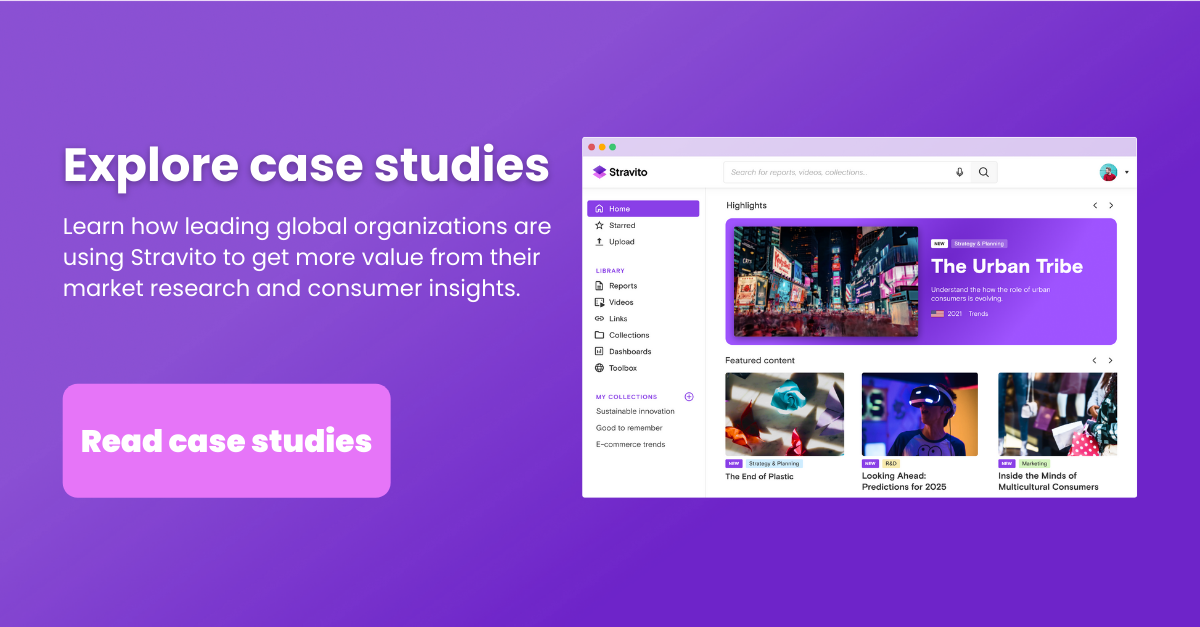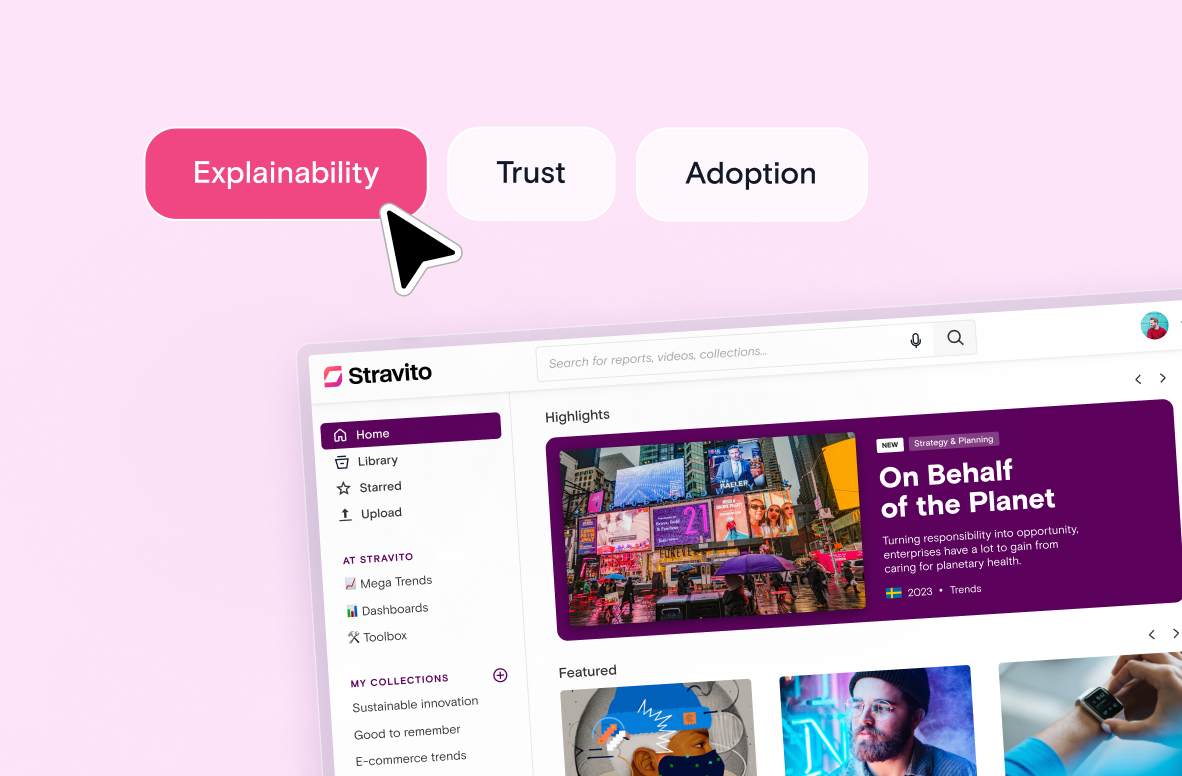When most people hear the term ROI — or Return on Investment — they probably think of finance.
It’s a term commonly used in financial or banking situations — and the word investment calls money matters to mind. When you make an investment in a home or in the stock market, you can easily measure the return on that investment by taking a look at how much money you made or lost on the sale or trade.
But ROI can refer to just about anything that involves putting forth an initial investment and examining the results of that action.
For instance, let’s look at sports. If you’re trying to improve your speed and performance at running in order to qualify for an event or just for your own satisfaction, you might invest money in a new, high-tech pair of sneakers that promises to help you move faster. You also might invest your time in adding extra runs to give you the practice you need to get better. The value of these investments can be measured in whether or not your time improves — did you qualify for the race? Get faster at your 5K run? If so, you can say with confidence that the ROI for your new running shoes and extra training time met your expectations, and the investment was worth it.
Calculating ROI for knowledge sharing
Investing in new shoes and more training time is a pretty concrete, clear example of how ROI works. But what about when we’re talking about less clean-cut concepts, like information and insights? How do we measure ROI when it comes to investing in knowledge sharing software and insights hubs? And why is this measurement valuable?
When we’re talking about investing in an insights hub, we can define the investment as the platform or software itself. Acquiring and implementing new programming takes time and money; two of the things we’ve defined as potential elements for investing. Purchasing the platform and taking the time to educate your workforce on its usage and operation are the investment.
But what about the return on that investment? How can we measure ROI when it comes to an ephemeral concept like data usage, which doesn’t lend itself well to measurement?
Let’s look at insights as an asset. In order for your employees to be able to utilize knowledge, they first have to be able to find it. That sounds pretty simple — until you realize that in many circumstances, even a basic task like locating the correct insight can be all but impossible. Roadblocks like bad UI, overly complex software, incorrect storage or cataloging, and a myriad of other factors can hinder access to insights — rendering the information contained within these assets all but useless.
If information is lost — misplaced, tagged incorrectly, or locked away on someone’s laptop where it’s inaccessible to team members who need it — it’s useless. After all, if users can’t locate the insights they need, they can’t generate actionable ideas to better serve customers.
Access is everything
When employees can’t (or won’t) use software, it’s referred to as shelfware — because it just sits on the shelf collecting dust rather than serving its intended purpose. In cases like this, we can point to the unused program and clearly state that the ROI is poor.
But what if employees actually enjoyed interacting with your chosen insights hub? What if it were easy to use, intuitive, efficient, and reliable? How would these qualities affect your ROI?
An effective insights repository puts the user first. After all, it’s the user who will transform all that stored information into decisions that ultimately affect the organization’s trajectory — whether that’s upward or downward. If users can intuitively understand how to interact with a platform, they’re more likely to use it — and that translates into better utilization of company resources overall. One way to look at ROI in this circumstance is how often purchased data, reports, and insights are easily accessed and utilized. When stakeholders are able to obtain the data they need, the money (investment) that went toward the purchase of that information has gone to good use (positive ROI).
What makes a good knowledge sharing repository?
Platforms like Stravito allow for easy access to insights with Smart Search, which goes beyond typical keyword functionality and enables users to discover relevant insights ordinary search may miss. Stravito also features tools that let users create their own personal Collections of insights that are most relevant to their team or role, and share these Collections throughout the organization or among stakeholders.
An insights hub that not only provides easy access to data but also shortens the time it takes to tag, catalog, and organize that data has further increased ROI. Traditional knowledge sharing platforms tend to rely on users to tag and sort assets that are uploaded to the repository — videos, reports, documents, and slides need to be accurately categorized and filed in order to be made available to other team members. When these processes are automated, the possibility for human error is largely eliminated, ensuring that all information assets are readily available to users.
The bottom line: Utilized insights boost ROI
With the right insights at their fingertips — any time, without roadblocks or bottlenecks to access — and a user-friendly, intuitive interface that feels familiar and easy-to-use, stakeholders are much more likely to obtain the insights they seek, making the ROI on such a platform easy to calculate. Purchased insights that take less time and hassle to obtain and use are insights that are serving their purpose — providing information that allows organizations to better serve their customers and ultimately achieve growth and engagement benchmarks.
By removing pain points related to cataloging and finding resources and streamlining the process, platforms like Stravito put the power back into the hands of the user. By making information assets readily available via UX that looks familiar and is easy to use, an insights hub can significantly boost ROI by allowing organizations to fully utilize all of their resources effectively.





